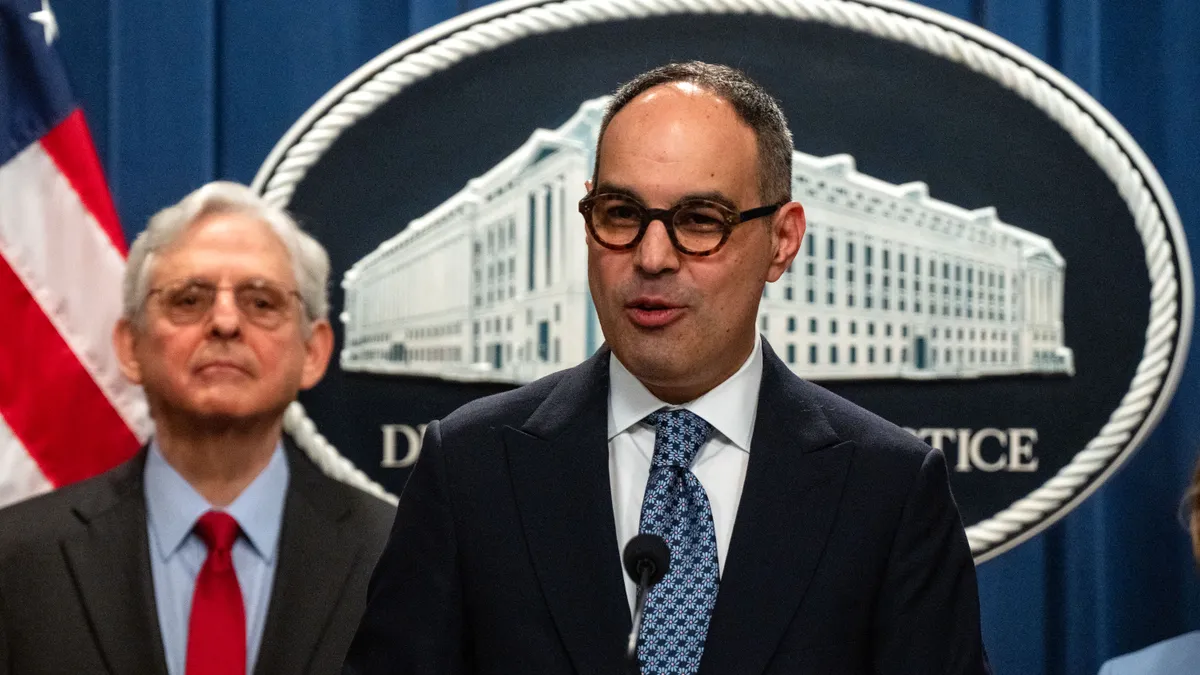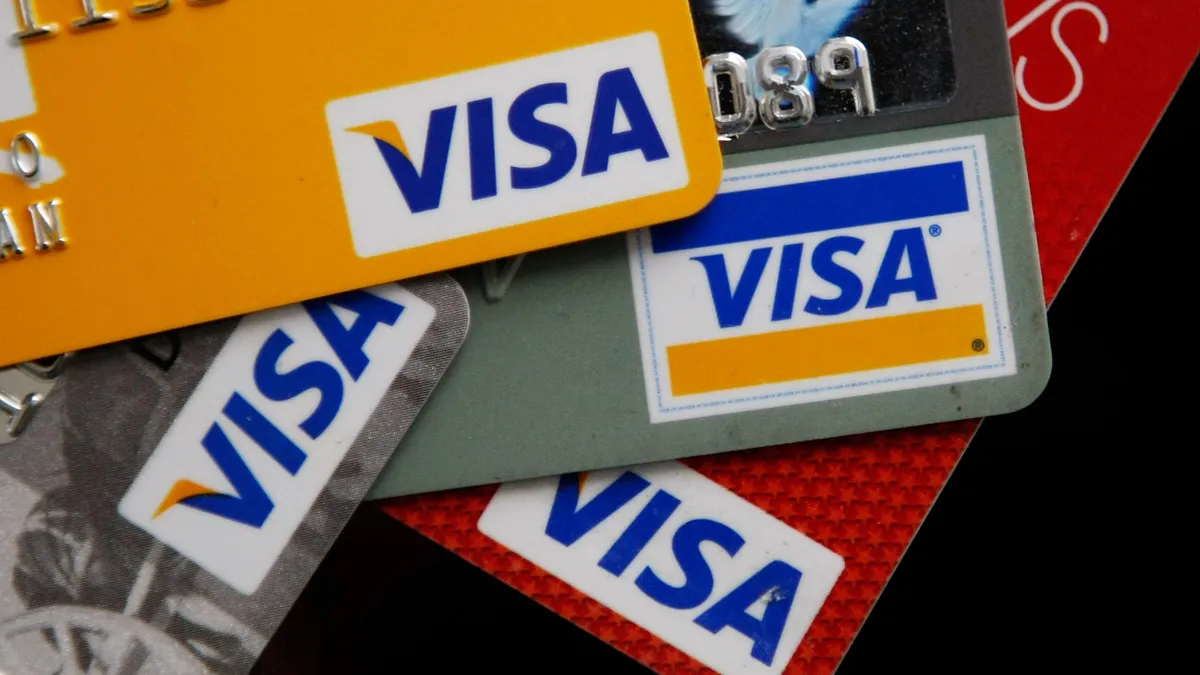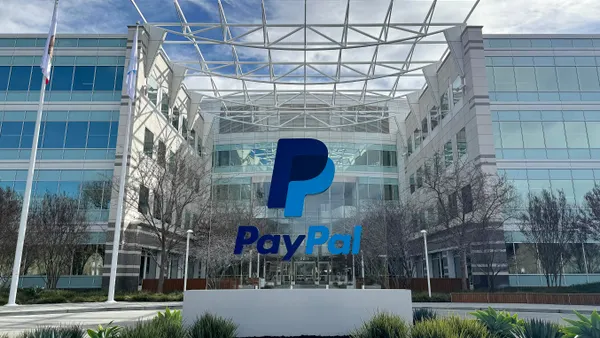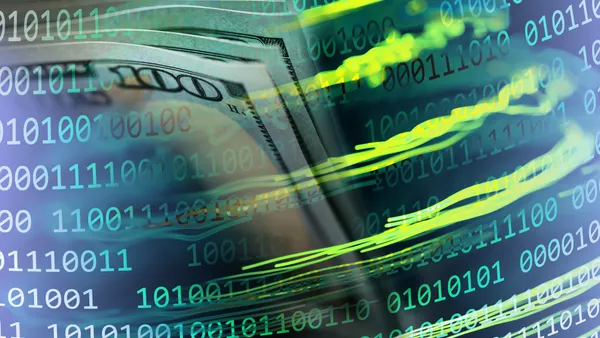Mike Storiale is vice president of innovation development at the consumer financial services company Synchrony.
The QR code is dead — long live the QR code!
The 1990s-era technology was on its way to oblivion, the victim of consumer apathy, though many retailers were gamely trying to hang on to it. But then COVID-19 struck and more consumers are using their phones as cameras, and the humble code found new relevance.
Businesses that have consigned QR technology to the tech graveyard would be wise to give it another look. It is one of the fastest ways to improve the customer experience and open up exciting new payment and revenue possibilities.

First, a quick definition. A Quick Response, or QR, code is an optical label, a form of barcode that contains information about the item it is attached to. In a retail environment, a QR code might be affixed to a product — you simply focus on the code with your phone’s camera and are linked to a web page with product specs, financing options and checkout information.
This technology, developed before the turn of the century, was met with excitement in the United States in the early 2010s as the business world saw an opportunity to use the codes to bring people to websites more quickly. (Remember when people put QR codes on their business cards?) But they didn’t catch on initially in the United States, mostly because you needed a dedicated app to scan a QR code — a bridge too far for many consumers. And the simplicity of QR codes introduced security and fraud risks as well.
By contrast, these codes have long been popular in Asia, where they are ubiquitous, integrated with digital wallets Alipay, WeChat and other payment platforms.
Two things happened to jumpstart QR codes in the U.S. In 2017, Apple’s iPhone incorporated a QR code-reader into its IOS operating system, eliminating the need to download an app (Android has it today as well). And in 2020, the COVID-19 pandemic began.
With customers reluctant to touch card readers or other physical objects in public, the frictionless QR code was given a new lease on life. Restaurants caught on first. They put their menus online, and suddenly waiters across the country were teaching patrons how to scan the QR code at their tables. Other companies, including Synchrony and Venmo, dove in as well with new uses for the codes.
Also, Walgreens put QR codes on pharmacy information to help people learn how to sign up for a credit card and pay for prescriptions.
A growing number of businesses began to understand that a QR code offers unique benefits in that it’s fully configurable, enables customer experiences, provides valuable information and is easy and inexpensive to create.
These features are valuable in building the kind of deep customer relationships that drive sales.
According to one recent report, the number of U.S. smartphone users scanning a QR code will increase from 52.6 million in 2019 to 83.4 million this year to 99.5 million in 2025. These numbers are too big to ignore.
Retailers and other merchants should embrace these ingenious codes because they work extremely well for quick calls to action, bridging online and offline worlds and engaging the customer.
It’s rare that a fading technology makes a triumphant return, but the QR code has done just that. It is an indispensable tool that helps customers shop the way they want to shop today.










